A Belated Thank You that I Hope Will Now Find its Way

--
By: Rani Salsabila Efendi
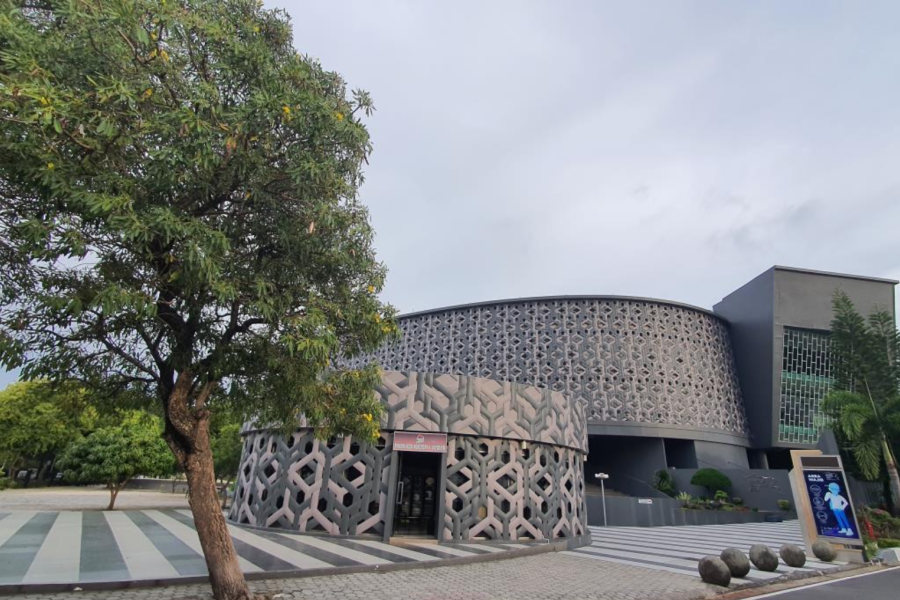
As one of the child victims of the 2004 Aceh Tsunami, this devastating memory lingers.
The sound of people screaming in fear and terror; the sound of big waves striking through buildings and houses shattering them into rubbles, all I can remember was “everything is destroyed”. But amidst all of this, the United Nations committed to help us recover better and stronger.
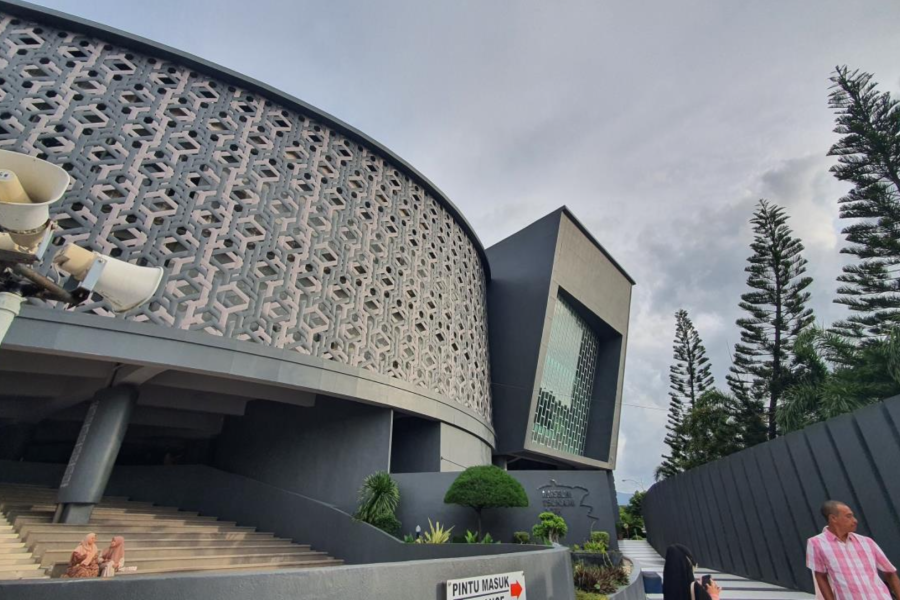
I was just a 4-year-old girl when it all happened. I held onto a water apple tree for dear life, shouting the name of God. I later heard people shouting “Ie ka I troeen, I ka I troeen,” which means the water has gone down - the water has gone down. I couldn’t comprehend what just happened. But seeing so many in a prostration position, I thought it was a good sign. But everything is not as it seems.
Left and right, everyone had tears streaming down their faces, and not a single soul of happiness was found. Maybe this is what is called grief. We lost our homes, our belongings, and our sense of security. No one dared to return home as the field felt much safer.

Almost everything was demolished, including this helicopter, which suffered the same fate as us. It was destroyed and could not function the same way it did before. This sense of trauma and fear, I believe, is still shared by everyone who experienced the Aceh Tsunami.

Disaster risk and resilience knowledge was something we, the Acehnese, never got. But the magnitude of the disaster had opened our eyes and reminded us of how important disaster mitigation is. This is where the United Nations stepped in and quickly helped us to slowly rise and recover beyond measure.


The United Nations Development Programme (UNDP) assisted in the rehabilitation of facilities and infrastructures so that we can easily find and be found by our families. Whether it is through finding family members that have been wiped out by the tsunami, or reconciling families who have been displaced, the UNDP provided the people of Aceh with immediate support in response to this crisis.

Policies for disaster risk reduction and management were all starting to be realized by the United Nations. In particular, through the United Nations Office for Disaster Risk Reduction (UNDRR), the UN continues to bring about many changes and inform better implementation strategies on disaster risk reduction and management.
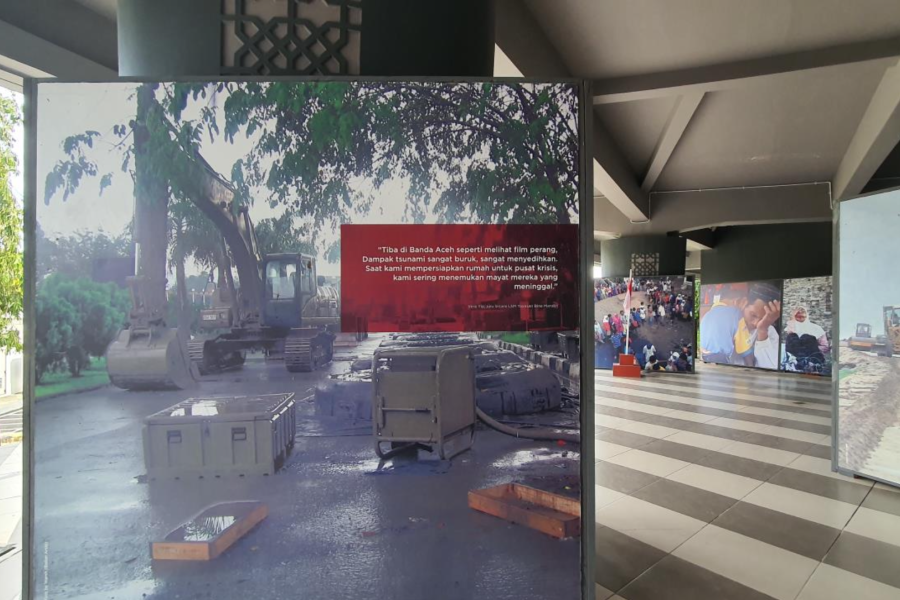
Many member states of the United Nations were also participating and working together to help Aceh, along with numerous volunteers who stayed in Aceh until we recovered and were strong enough to get back on our feet. It is through their kindness that gives the people of Aceh a sense of hope that everything will be okay.

United Nations Medical Volunteers (Doctors)
While I may not know their names, I still remember very well all the kind-hearted brothers and sisters who watched over our health and invited us to play in the refugee camps. They did their best to uplift us and bring back laughter in our community. I also remember the health workers who helped treat these little feet of ours that were once crushed by building rubbles. If only then I was given the opportunity to express my gratitude.
At that time, one of the health volunteers asked me what I wanted to be when I grew up. I said “I want to be a doctor! I want to help others just like you.” Who knew that my wish would come true as I managed to get into Medical School not long after.


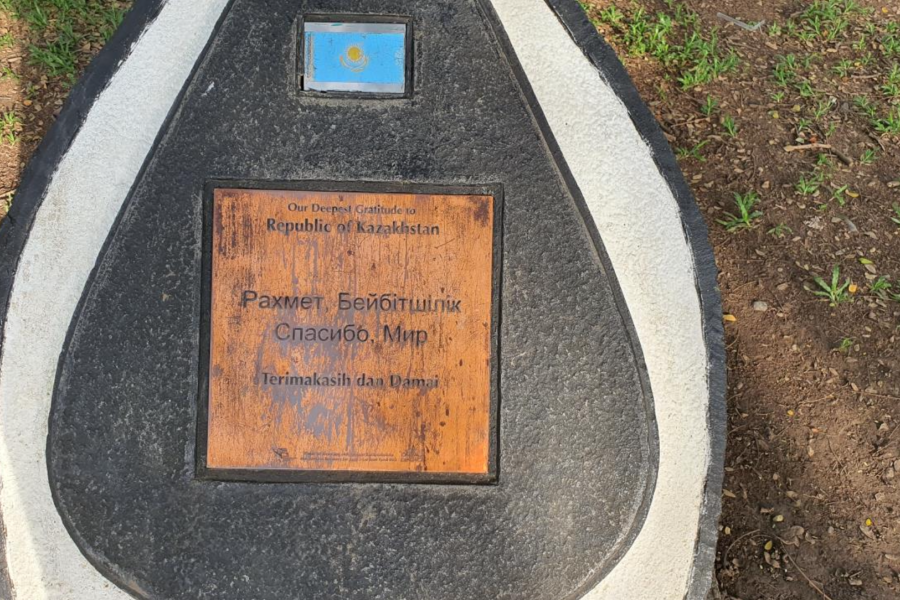



Aceh has built a monument in Ruang Terbuka Hijau as a symbolic 'thank you' to the world for aid given to Aceh people during the rehabilitation and reconstruction after the Tsunami. The words “Thank You” are engraved in over 53 languages on miniature boats which flank Blang Padang, and the phrase “Aceh Thanks to the World” welcomes visitors at the site entrance.
The UN’s contribution in helping Aceh have brought many good things, which can be slowly felt by the people of Aceh. The motto Build, Back, Better really is true. Fishermans are brave enough to go back to the sea, children have finally returned to school, the beaches are clean and open to the public, and tourists are returning to Aceh.
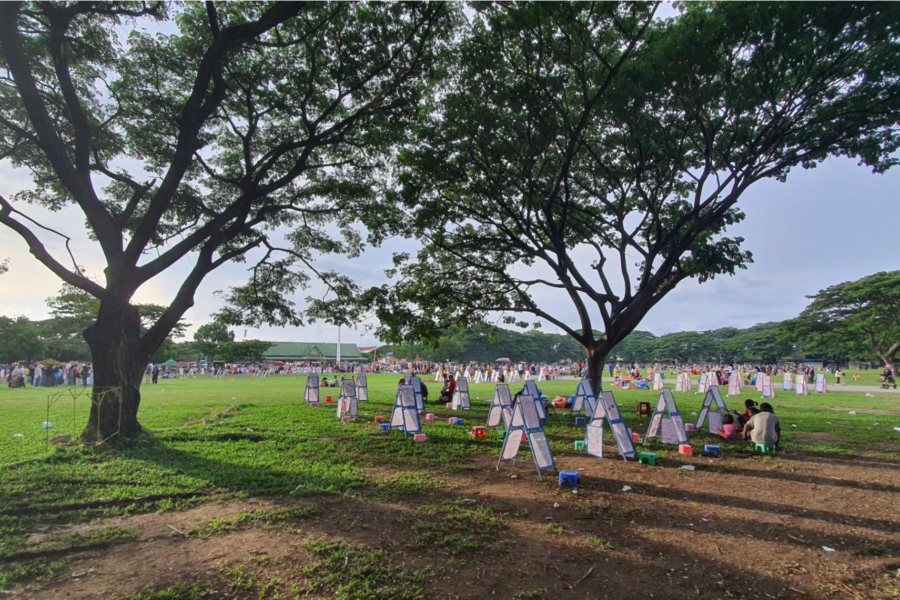

While there is still a sense of trauma from the Tsunami, people are starting to get back into activity. Mitigations and evacuation route systems have been developed. The community has also begun to be vigilant and are actively participating in disaster risk mitigation efforts. Many of these post-tsunami programs are contributing greatly to Aceh's development.


Through the programs, fishermen and coastal communities are equipped with the basic skills and knowledge for disaster mitigation. Children are also educated on the early warning signs of natural disasters to prevent any potential hazards. It’s beautiful isn't it? How much a helping hand can help Aceh recover and make a difference.
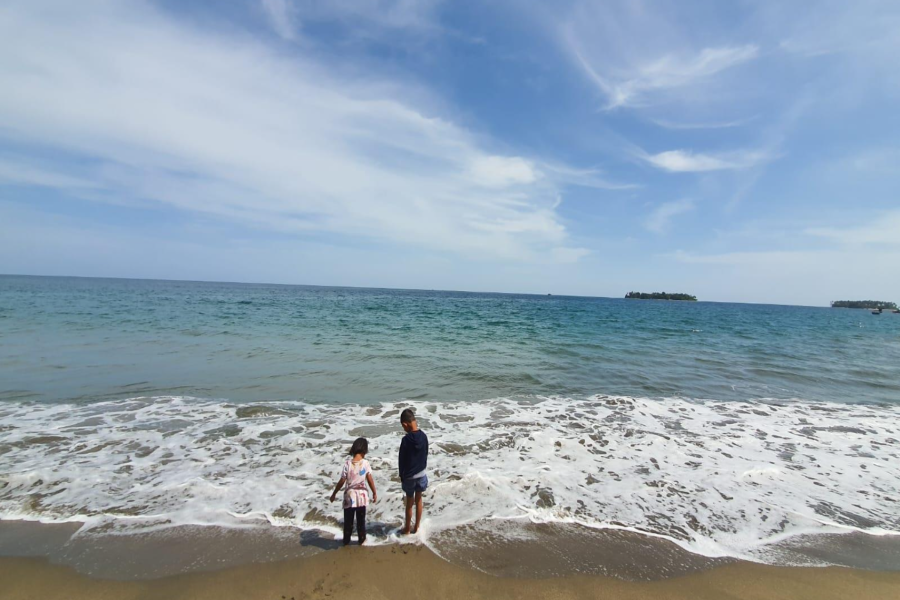
Through this writing, we, the people of Aceh, would like to extend our gratitude and appreciation to the United Nations for helping Aceh and its people to push through adversity.
***


